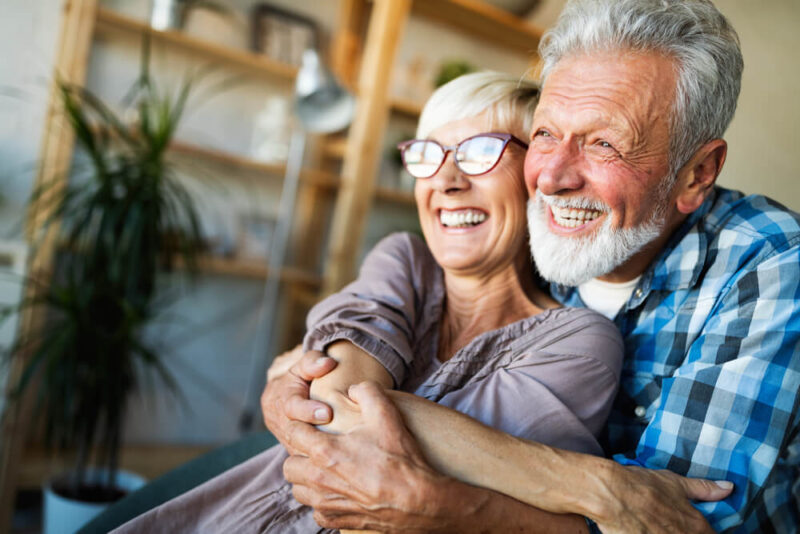
Senior-proofing your home involves seeing where potential hazards lie and how you can reduce them to make the environment practical and safe for the elderly. Here are useful pointers to help you house proof for the elderly.
- Light: A dark home is a safety hazard for the aged. Keep the entire house well lit, particularly the stairways, path from the bedroom to the bathroom and outside walkways. Try installing low voltage overhead lighting that can remain on throughout the night for added safety.
- Floor: Don’t have throw rugs or carpets with turned-up corners. These are real trip hazards. Also ensure that the floors are not cleaned with slippery products. Wipe spills right away.
- Staircase: Negotiating stairs can be a problem for senior adults. However, if you have to have a stairway, ensure that the steps are deep and flat and install sturdy hand railings on both sides for easy balance. Also remember to install a light switch at the top and bottom of the staircase.
- Sharp corners: Add covers or padding to sharp corners of coffee tables, furniture or counter tops to protect against serious injury in the event of a fall.
- Passageways: Keep passageways clear. Move furniture and electrical cords out of walkways. Store accessory pieces on counter tops rather than the floor to avoid tripping.
- Bathroom: Install grab bars near the toilet, shower and bathtubs to help senior adults move around in the bathroom. Additionally, have easily maneuverable faucets and shower handle knobs that can be easily turned.
- Water temperature: Check the water heater to make sure the temperature is not very high to avoid burns when bathing.
- Low-level cabinets: Place shelves and appliances at waist level, especially those in the kitchen, so that elders do not have to struggle to reach for essential items.